-
 Bitcoin
Bitcoin $108,489.6704
1.13% -
 Ethereum
Ethereum $2,502.0528
2.92% -
 Tether USDt
Tether USDt $1.0002
0.00% -
 XRP
XRP $2.1941
0.51% -
 BNB
BNB $655.3375
1.00% -
 Solana
Solana $151.5977
1.27% -
 USDC
USDC $0.9999
0.00% -
 TRON
TRON $0.2768
0.32% -
 Dogecoin
Dogecoin $0.1676
2.86% -
 Cardano
Cardano $0.5675
0.98% -
 Hyperliquid
Hyperliquid $40.6109
7.48% -
 Bitcoin Cash
Bitcoin Cash $500.7746
2.09% -
 Sui
Sui $2.8328
2.03% -
 Chainlink
Chainlink $13.4452
1.26% -
 UNUS SED LEO
UNUS SED LEO $9.1623
0.39% -
 Avalanche
Avalanche $18.2267
2.24% -
 Stellar
Stellar $0.2382
0.00% -
 Toncoin
Toncoin $2.8885
1.68% -
 Shiba Inu
Shiba Inu $0.0...01159
0.91% -
 Litecoin
Litecoin $87.1827
0.88% -
 Hedera
Hedera $0.1511
2.90% -
 Monero
Monero $315.4992
-0.59% -
 Polkadot
Polkadot $3.4663
2.34% -
 Bitget Token
Bitget Token $4.6118
-0.65% -
 Dai
Dai $1.0000
-0.01% -
 Ethena USDe
Ethena USDe $1.0003
0.02% -
 Uniswap
Uniswap $7.2989
4.69% -
 Pepe
Pepe $0.0...01003
5.73% -
 Aave
Aave $275.5616
7.15% -
 Pi
Pi $0.5181
-2.49%
What is blockchain encryption technology?
Blockchain security relies on robust encryption, using hashing (SHA-256, SHA-3), public-key cryptography (RSA, ECC), and digital signatures to ensure data integrity, authenticity, and prevent unauthorized access to cryptocurrency transactions.
Mar 13, 2025 at 03:55 pm
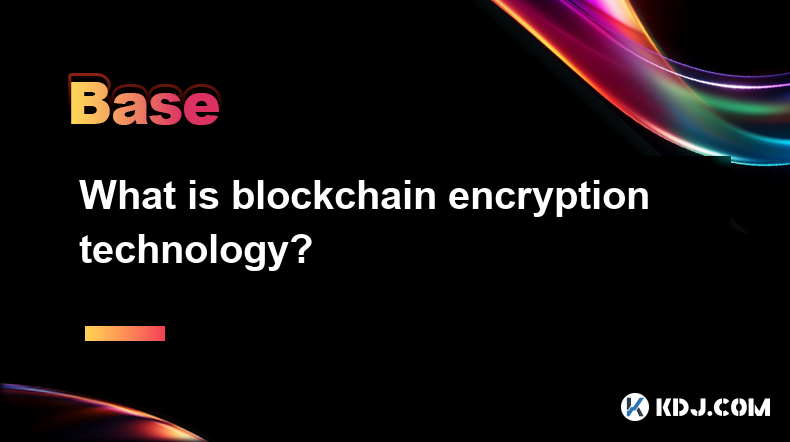
Key Points:
- Blockchain encryption technology secures cryptocurrency transactions and data. It utilizes cryptographic hashing and digital signatures to ensure data integrity and authenticity.
- Several encryption algorithms are used within blockchain, each serving a specific purpose in securing different aspects of the system.
- Understanding the role of these algorithms is crucial for comprehending the security and reliability of blockchain-based systems.
- The process involves generating unique cryptographic keys, encrypting data, and verifying transactions using these keys.
What is Blockchain Encryption Technology?
Blockchain encryption technology is the foundation upon which the security and integrity of cryptocurrencies and blockchain networks are built. It's a complex system relying on various cryptographic techniques to ensure the immutability and trustworthiness of the data stored on the blockchain. Without robust encryption, the entire concept of a decentralized, secure ledger would collapse. The core function is to protect sensitive information, like transaction details and user identities, from unauthorized access and modification.
Hashing Algorithms: The Foundation of Immutability
At the heart of blockchain encryption lies the concept of hashing. Hashing algorithms take an input (data block) of any size and produce a fixed-size string of characters, called a hash. Crucially, even a tiny change in the input data results in a completely different hash. This property ensures data integrity: if a single bit is altered, the resulting hash will be entirely different, instantly revealing tampering. Common hashing algorithms used in blockchain include SHA-256 and SHA-3. These algorithms are computationally infeasible to reverse, meaning you cannot determine the original data from the hash alone.
Public-Key Cryptography: Securing Transactions
Public-key cryptography, also known as asymmetric cryptography, is another crucial component. This system uses a pair of keys: a public key and a private key. The public key is shared publicly, while the private key must be kept secret. Data encrypted with the public key can only be decrypted with the corresponding private key, and vice versa. This allows for secure transaction signing and verification. When you send cryptocurrency, your private key is used to digitally sign the transaction, proving it's genuinely from you. The network then verifies this signature using your public key.
Digital Signatures: Verifying Authenticity
Digital signatures are created using public-key cryptography to verify the authenticity and integrity of data. When a user signs a transaction, their private key is used to create a unique digital signature that is attached to the transaction. This signature can then be verified by anyone using the user's public key. If the signature is valid, it proves that the transaction was signed by the owner of the private key and that the transaction data hasn't been tampered with. This is vital for preventing fraudulent transactions and maintaining trust within the network.
Elliptic Curve Cryptography (ECC): Enhanced Security
Elliptic Curve Cryptography (ECC) is a type of public-key cryptography that offers enhanced security with shorter key lengths compared to traditional methods like RSA. This makes ECC more efficient and suitable for resource-constrained environments like mobile devices. Many cryptocurrencies utilize ECC for digital signatures and key generation due to its superior security and efficiency. It provides a strong foundation for securing transactions and user identities.
How Encryption Works in a Blockchain Transaction
Let's break down a simplified example of how encryption secures a cryptocurrency transaction:
- Transaction Creation: You initiate a transaction, specifying the recipient and amount.
- Signing the Transaction: Your private key is used to create a digital signature for the transaction data. This signature cryptographically links the transaction to you.
- Broadcasting the Transaction: The signed transaction, including the digital signature, is broadcast to the network.
- Verification by Nodes: Network nodes verify the digital signature using your public key. If valid, the transaction is deemed authentic and untampered with.
- Block Addition: Once verified, the transaction is added to a block, which is then added to the blockchain. The hash of the previous block is included in the new block, creating a chain of linked blocks.
The Importance of Key Management
The security of your cryptocurrency hinges on the security of your private keys. Losing your private keys means losing access to your funds, permanently. Therefore, secure key management practices are paramount. This includes using strong, unique passwords, utilizing hardware wallets for offline storage, and avoiding phishing scams.
Frequently Asked Questions:
Q: What are the different types of encryption used in blockchain?
A: Blockchain utilizes several types, including hashing algorithms (SHA-256, SHA-3), public-key cryptography (RSA, ECC), and digital signature algorithms (ECDSA). Each serves a specific purpose in securing different aspects of the system.
Q: How does blockchain encryption ensure immutability?
A: Hashing algorithms play a crucial role. Any change to the data results in a completely different hash, making data tampering instantly detectable. The chained structure of blocks further strengthens immutability.
Q: Is blockchain encryption unbreakable?
A: While highly secure, no encryption system is truly unbreakable. Advances in computing power and cryptographic techniques could potentially compromise blockchain security in the future. However, current encryption methods are considered robust and extremely difficult to crack.
Q: What happens if I lose my private key?
A: Losing your private key means irreversible loss of access to your cryptocurrency. There's no way to recover your funds without the private key. Therefore, secure key management is essential.
Q: How does blockchain encryption protect user privacy?
A: Blockchain itself doesn't inherently provide complete privacy. While transactions are pseudonymous (identified by public keys rather than names), advanced techniques like transaction mixing and privacy-focused cryptocurrencies aim to enhance user anonymity. However, complete anonymity is rarely achieved.
Disclaimer:info@kdj.com
The information provided is not trading advice. kdj.com does not assume any responsibility for any investments made based on the information provided in this article. Cryptocurrencies are highly volatile and it is highly recommended that you invest with caution after thorough research!
If you believe that the content used on this website infringes your copyright, please contact us immediately (info@kdj.com) and we will delete it promptly.
- Bitcoin's Bumpy Ride: Profit-Taking Slows Momentum, What's Next?
- 2025-06-30 20:30:11
- Bitcoin's Price Stall: Decoding the ETF Inflows Mystery
- 2025-06-30 20:30:11
- Ripple XRP, Bitcoin, and Solaris Presale: What's the Buzz?
- 2025-06-30 18:50:11
- SpaceX, Mirror Tokens, and Investors: A Wild Ride to the Future?
- 2025-06-30 19:10:22
- Arbitrum (ARB) and Robinhood: Partnership Rumors Fuel Price Surge to $0.4289?
- 2025-06-30 19:10:22
- Jasmy Coin, Bitcoin, and the Rise of Solaris Presale: What's the Buzz?
- 2025-06-30 18:30:12
Related knowledge
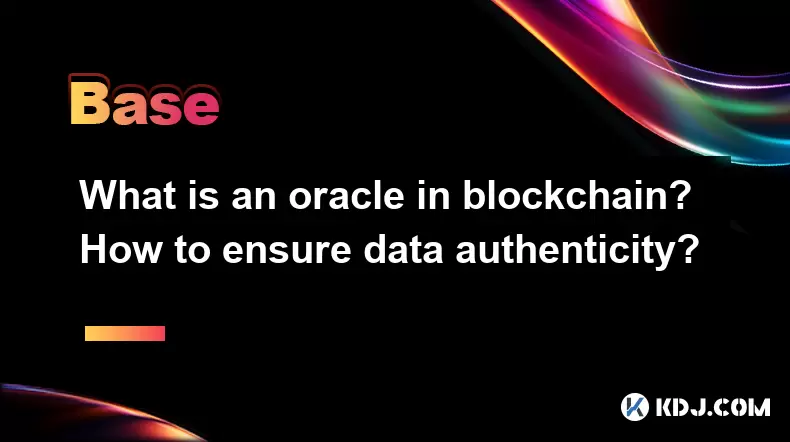
What is an oracle in blockchain? How to ensure data authenticity?
Jun 19,2025 at 08:49pm
Understanding the Role of an Oracle in BlockchainIn the context of blockchain technology, an oracle serves as a bridge between the blockchain and external data sources. While blockchains are inherently secure and decentralized, they cannot access real-world information on their own. Oracles enable smart contracts to interact with off-chain data such as ...

What are ICOs and IDOs in cryptocurrency? How to identify high-quality projects?
Jun 22,2025 at 11:49am
Understanding ICOs in CryptocurrencyInitial Coin Offerings (ICOs) are fundraising mechanisms used by cryptocurrency startups to raise capital for their projects. In an ICO, a company creates and sells its own tokens to investors in exchange for established cryptocurrencies like Bitcoin or Ethereum. The process typically involves the release of a whitepa...
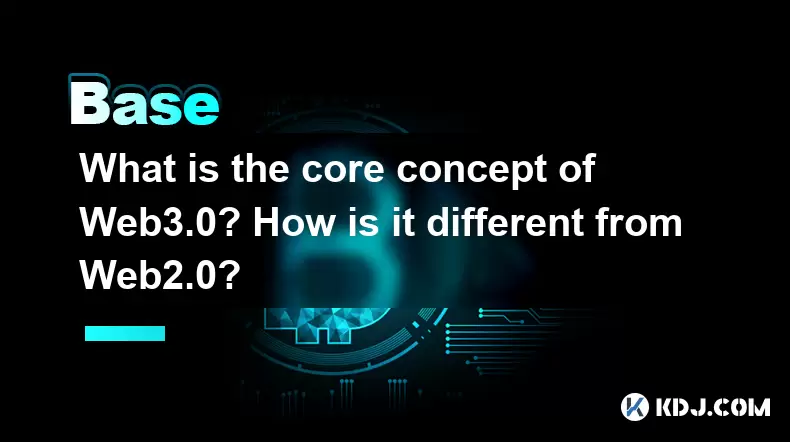
What is the core concept of Web3.0? How is it different from Web2.0?
Jun 21,2025 at 05:56pm
Decentralization as the Foundation of Web3.0The core concept of Web3.0 revolves around decentralization, which fundamentally challenges the centralized architecture of Web2.0. In Web3.0, control and ownership are distributed across a network rather than being held by a central authority or corporation. This is achieved primarily through blockchain techn...
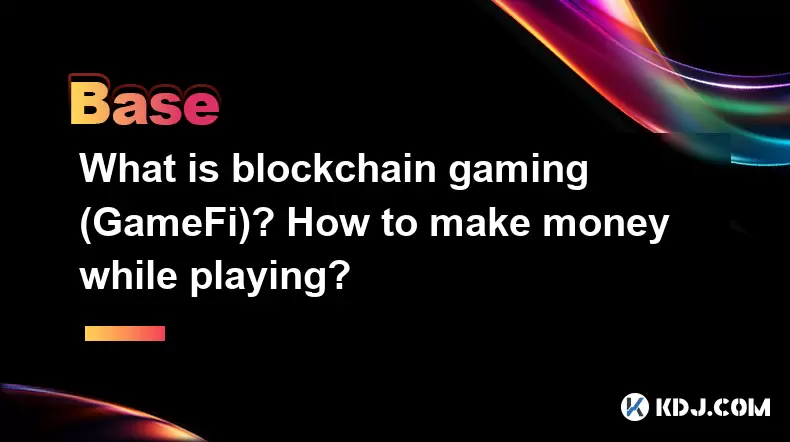
What is blockchain gaming (GameFi)? How to make money while playing?
Jun 20,2025 at 07:56am
Understanding Blockchain Gaming (GameFi)Blockchain gaming, often referred to as GameFi, is a fusion of blockchain technology and video games. It enables players to own in-game assets through non-fungible tokens (NFTs) and earn rewards via cryptocurrencies or token-based systems. Unlike traditional games where items are controlled by centralized develope...
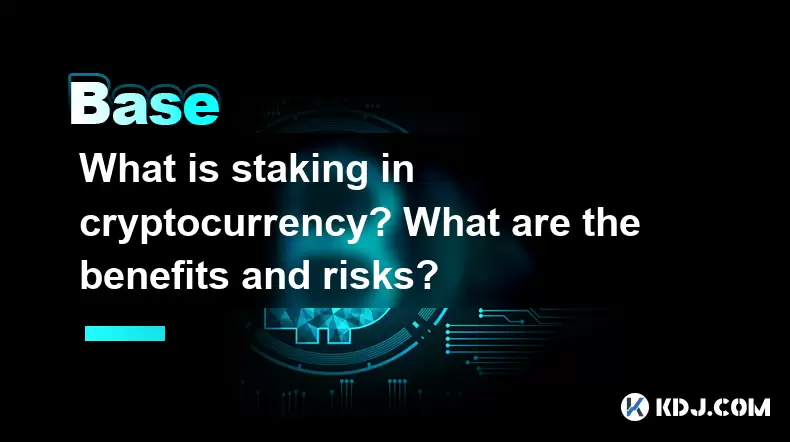
What is staking in cryptocurrency? What are the benefits and risks?
Jun 22,2025 at 10:01am
Understanding the Concept of Staking in CryptocurrencyStaking in cryptocurrency refers to the process of actively participating in transaction validation on a blockchain network that uses a Proof-of-Stake (PoS) consensus mechanism. Instead of miners competing to solve complex mathematical puzzles as in Proof-of-Work systems like Bitcoin, PoS blockchains...

How does the Lightning Network solve Bitcoin congestion? What is the usage process?
Jun 23,2025 at 06:21pm
Understanding Bitcoin Network CongestionBitcoin, as a decentralized digital currency, operates on a blockchain that records every transaction in a public ledger. Each block has a limited size, typically 1 megabyte, which allows for only a certain number of transactions per second (TPS). When the number of transactions increases, the network becomes cong...

What is an oracle in blockchain? How to ensure data authenticity?
Jun 19,2025 at 08:49pm
Understanding the Role of an Oracle in BlockchainIn the context of blockchain technology, an oracle serves as a bridge between the blockchain and external data sources. While blockchains are inherently secure and decentralized, they cannot access real-world information on their own. Oracles enable smart contracts to interact with off-chain data such as ...

What are ICOs and IDOs in cryptocurrency? How to identify high-quality projects?
Jun 22,2025 at 11:49am
Understanding ICOs in CryptocurrencyInitial Coin Offerings (ICOs) are fundraising mechanisms used by cryptocurrency startups to raise capital for their projects. In an ICO, a company creates and sells its own tokens to investors in exchange for established cryptocurrencies like Bitcoin or Ethereum. The process typically involves the release of a whitepa...

What is the core concept of Web3.0? How is it different from Web2.0?
Jun 21,2025 at 05:56pm
Decentralization as the Foundation of Web3.0The core concept of Web3.0 revolves around decentralization, which fundamentally challenges the centralized architecture of Web2.0. In Web3.0, control and ownership are distributed across a network rather than being held by a central authority or corporation. This is achieved primarily through blockchain techn...

What is blockchain gaming (GameFi)? How to make money while playing?
Jun 20,2025 at 07:56am
Understanding Blockchain Gaming (GameFi)Blockchain gaming, often referred to as GameFi, is a fusion of blockchain technology and video games. It enables players to own in-game assets through non-fungible tokens (NFTs) and earn rewards via cryptocurrencies or token-based systems. Unlike traditional games where items are controlled by centralized develope...

What is staking in cryptocurrency? What are the benefits and risks?
Jun 22,2025 at 10:01am
Understanding the Concept of Staking in CryptocurrencyStaking in cryptocurrency refers to the process of actively participating in transaction validation on a blockchain network that uses a Proof-of-Stake (PoS) consensus mechanism. Instead of miners competing to solve complex mathematical puzzles as in Proof-of-Work systems like Bitcoin, PoS blockchains...

How does the Lightning Network solve Bitcoin congestion? What is the usage process?
Jun 23,2025 at 06:21pm
Understanding Bitcoin Network CongestionBitcoin, as a decentralized digital currency, operates on a blockchain that records every transaction in a public ledger. Each block has a limited size, typically 1 megabyte, which allows for only a certain number of transactions per second (TPS). When the number of transactions increases, the network becomes cong...
See all articles

























































































